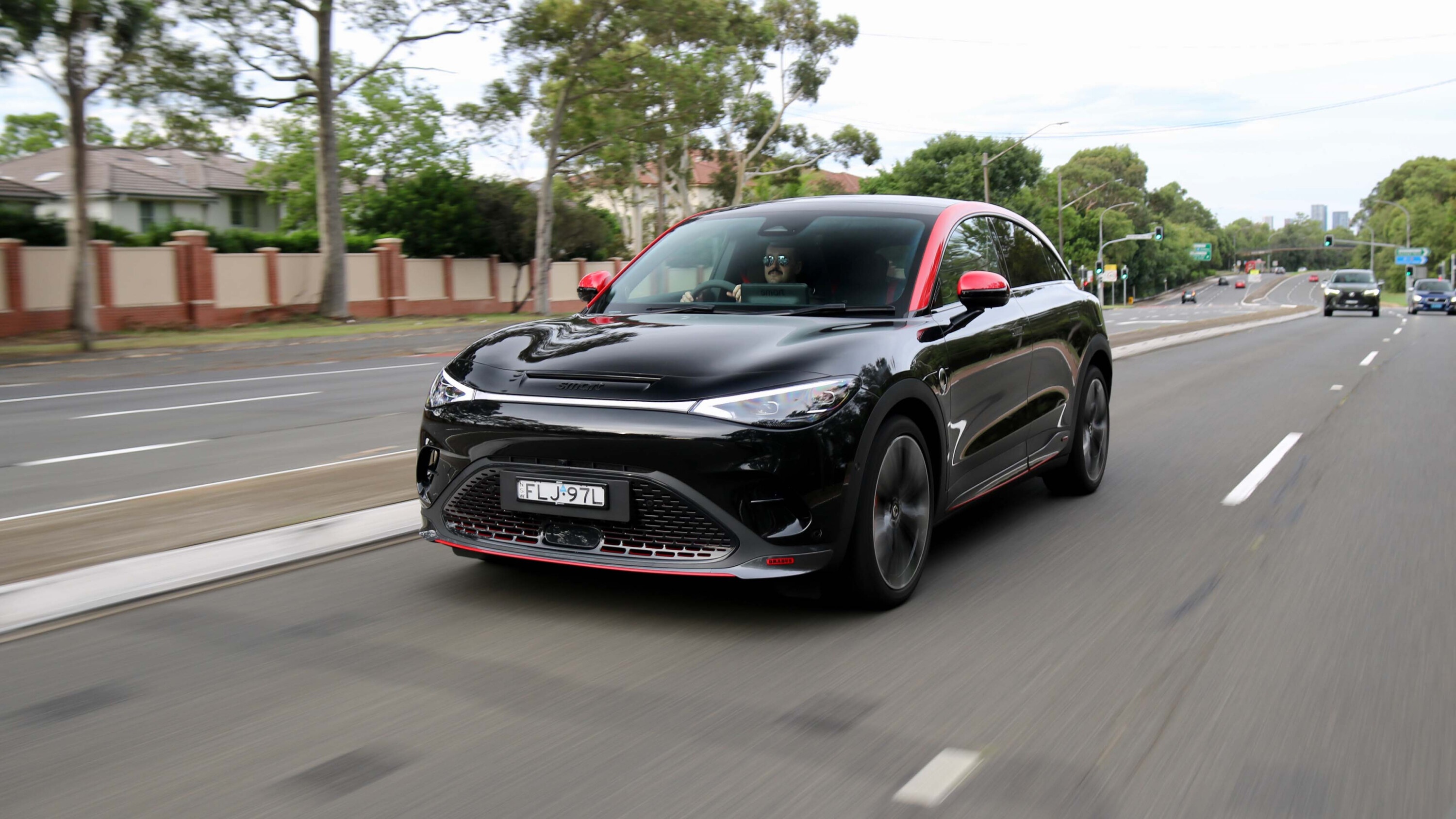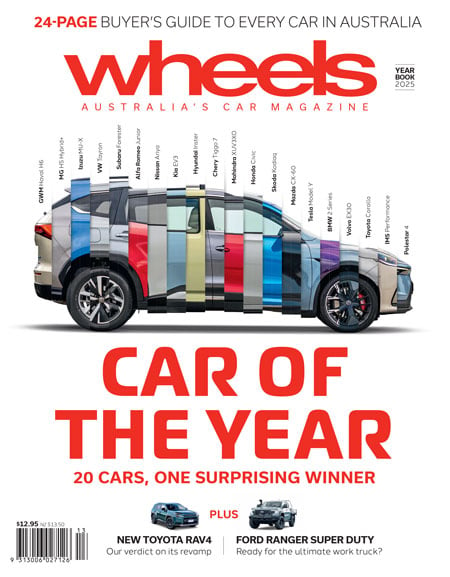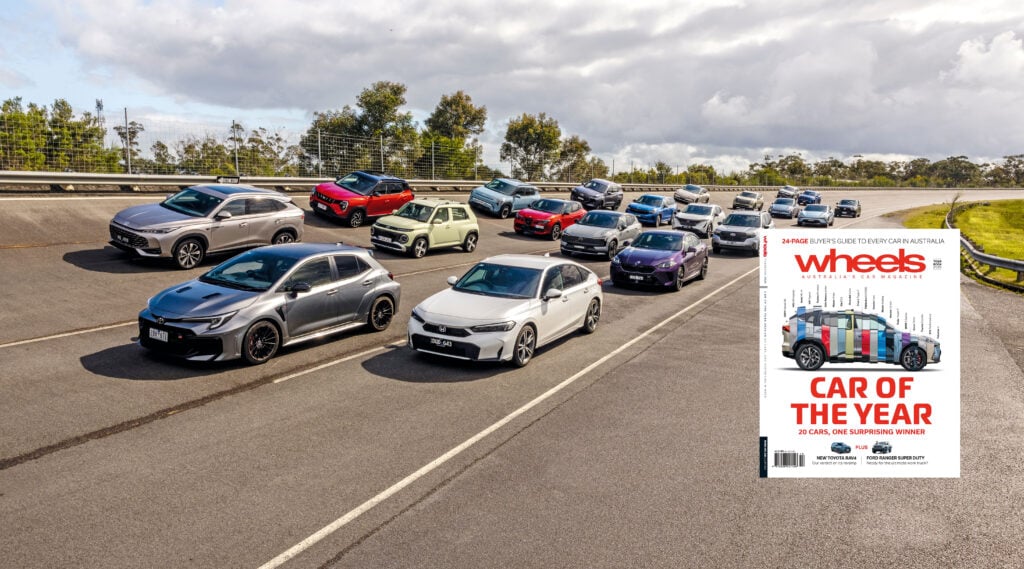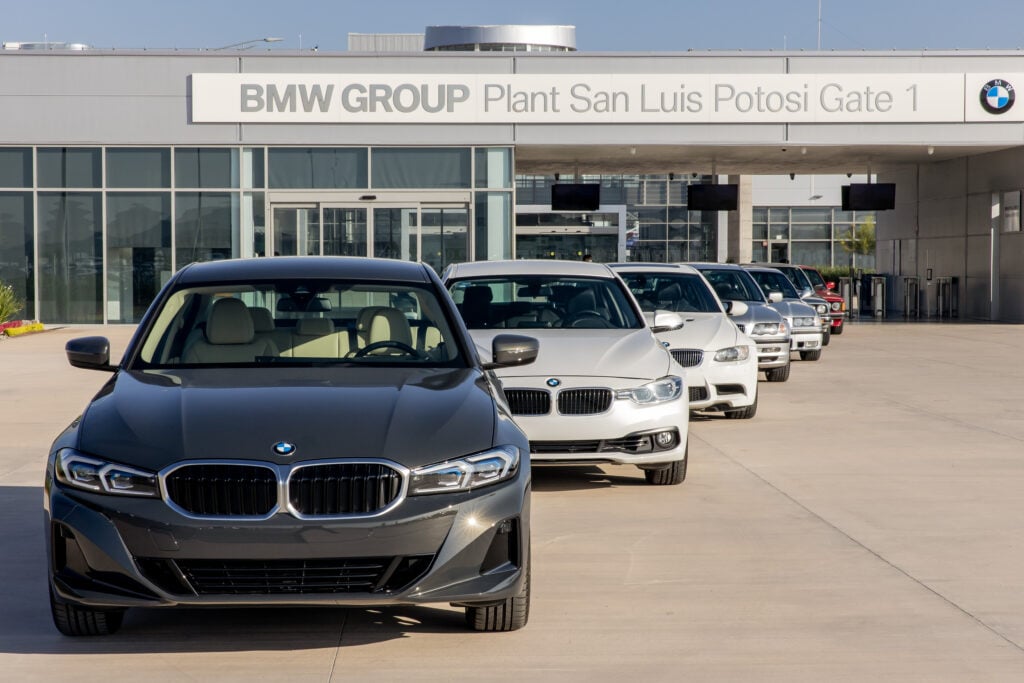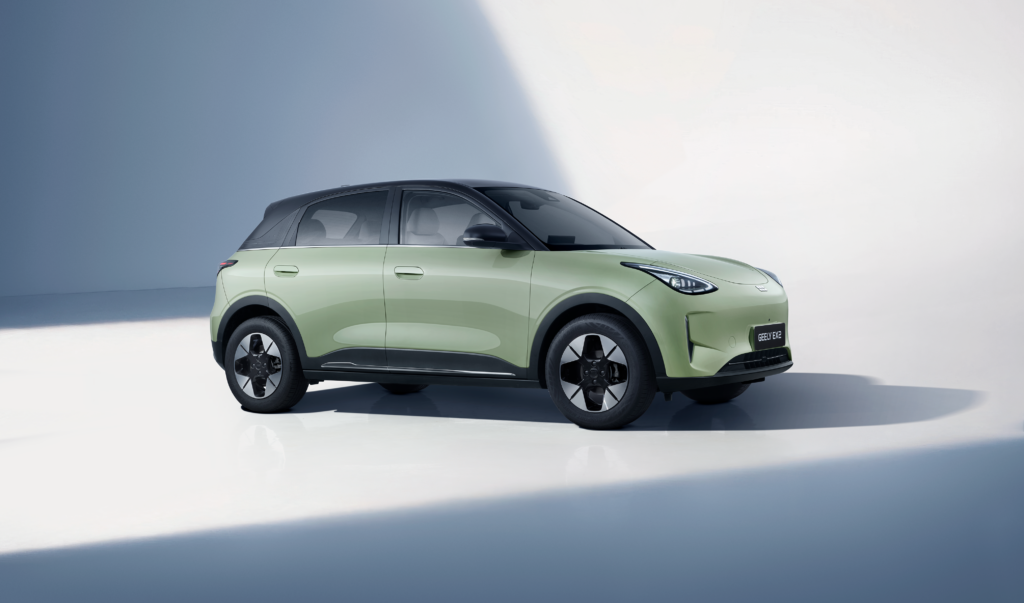Remember Smart, the car brand famous for making tiny city cars which first appeared in the early noughties?
Australia got its original taste of the brand in 2003, backed by parent company Mercedes-Benz. It found some very loyal owners but its sales were limited and the brand eventually left our market in 2014.
Now Smart is back with two new models that promise to stand out from the crowd – as the brand has always attempted to do. Is its #3 Brabus halo model worth consideration over other small electric SUVs?
Now a joint venture between Mercedes and Geely, Smart has relaunched with the #3 (yes, that’s ‘hashtag three’) and the smaller #1 below it. Both cars use the same scalable platform as the Volvo EX30 and Zeekr X, both of which are already sold here.
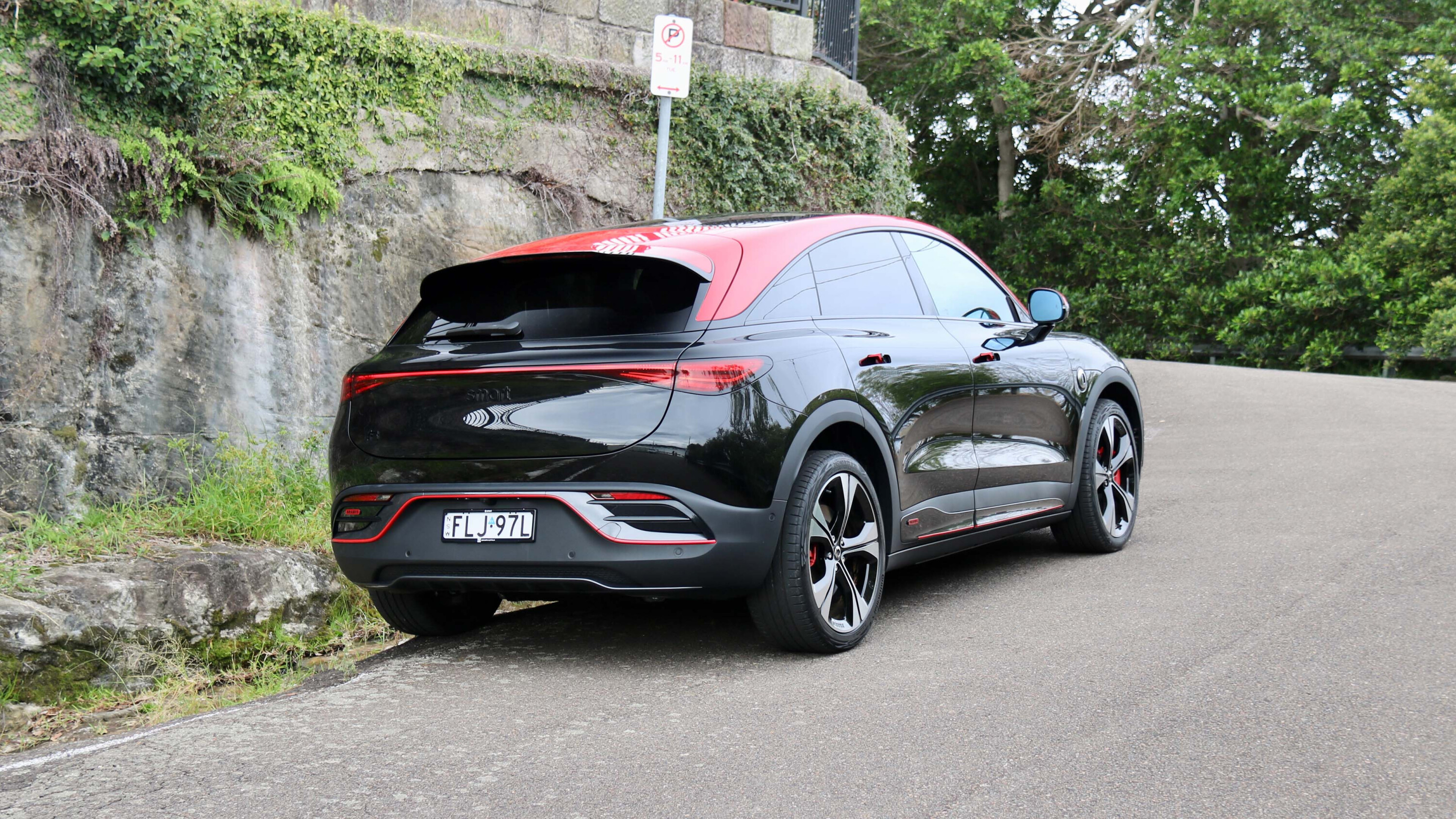
The #3 range is priced from a reasonable $57,900 plus on-road costs with the top-spec Brabus tested here asking $70,900 plus on-road costs, or between $300 and $3,000 less expensive than the EX30.
Standard equipment includes a panoramic glass roof, powered/heated/cooled front seats, 13-speaker Beats audio, a 12.8-inch touchscreen with live services, over-the-air updates, wireless smartphone mirroring, ambient lighting, a head-up display and a full suite of active safety kit including AEB, adaptive cruise control, adaptive lane guidance and Matrix adaptive high beam.
The Brabus adds more drive modes with launch control, 20-inch alloy wheels, suede and synthetic leather upholstery, sports seats, red brake callipers and sportier exterior styling with many Brabus badges.

All #3s use a 66kWh NMC battery that can be DC fast charged at up to 150kW for a 10 to 80 per cent charge in less than 30 minutes. Lower-spec #3s use a 200kW rear-mounted motor with the Brabus further adding a front axle motor for dual-motor all-wheel drive. Combined outputs are a huge 315kW of power and 543Nm of torque – almost 10 times as powerful as the original Smart Fortwo.
With a claimed 0-100km/h time of just 3.7 seconds, the #3 Brabus is quick and it backs up the performance with engaging handling that belies its beefy 1910kg tare mass.
The steering is not that tactile but it is quick and well weighted, and even for a sporty model, the ride is impressively well damped. Only the sensitive lane keeping and speed limit warning chimes annoy when behind the wheel, though they’re less disruptive than some other brands.
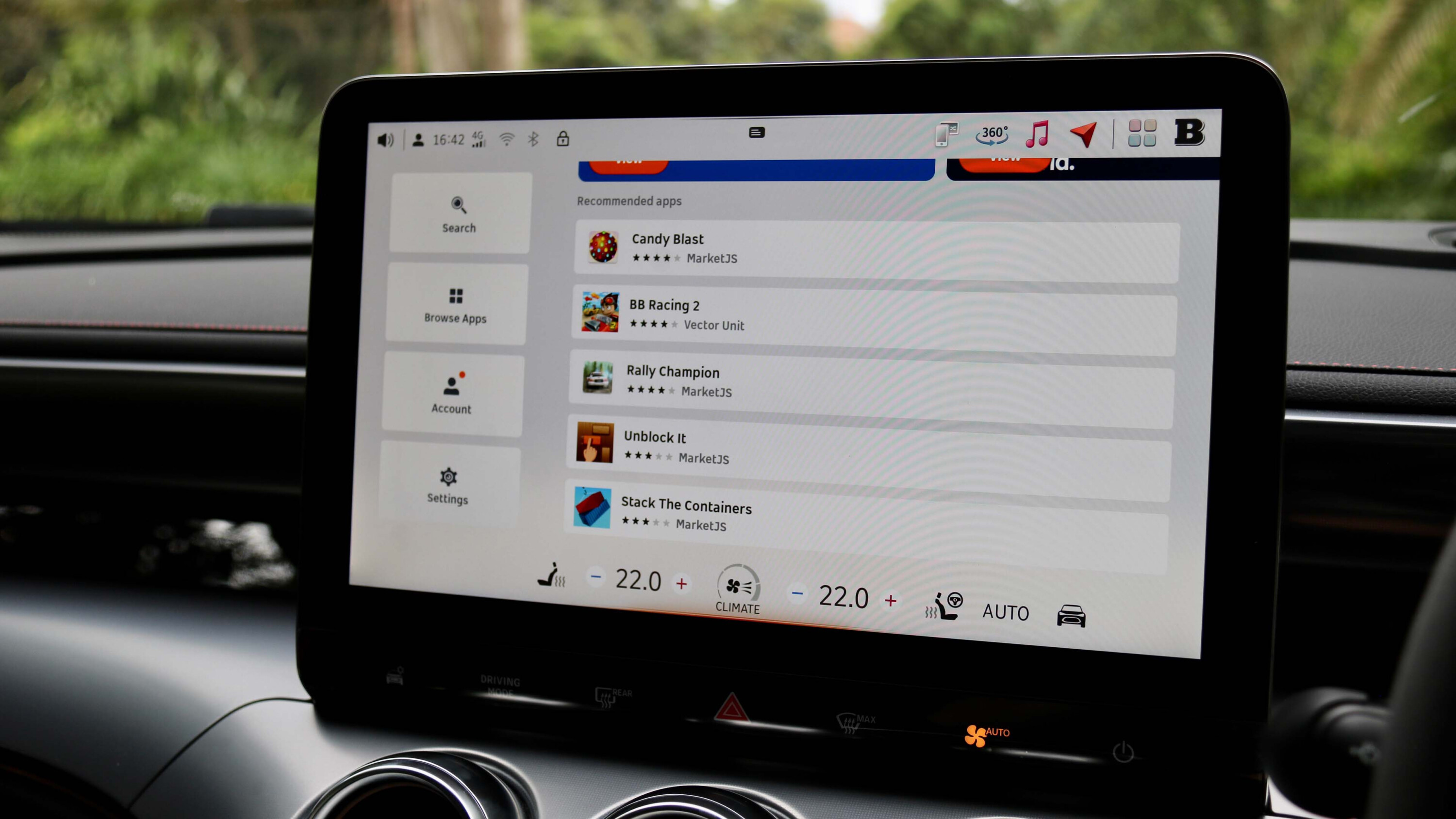
If you’re looking for outright efficiency, however, the non-Brabus models would be better: our week-long testing returned a result of 19.8kWh/100km – more than 2kWh/100km over the claim – and less than the claimed 415km range (WLTP).
What’s more impressive is the #3 Brabus’ cabin. While Geely did the electrics, you can tell Mercedes-Benz did the cabin thanks to good quality materials and considered design. The dashboard design references the venerable marque thanks to the three central air vents and configurable ambient lighting, and it also feels like a modern Mercedes with plenty of soft touch materials and excellent attention to detail.
Centre of the cabin is a bright 12.8-inch touchscreen that’s loaded with features, including even a cute fox on the main page.
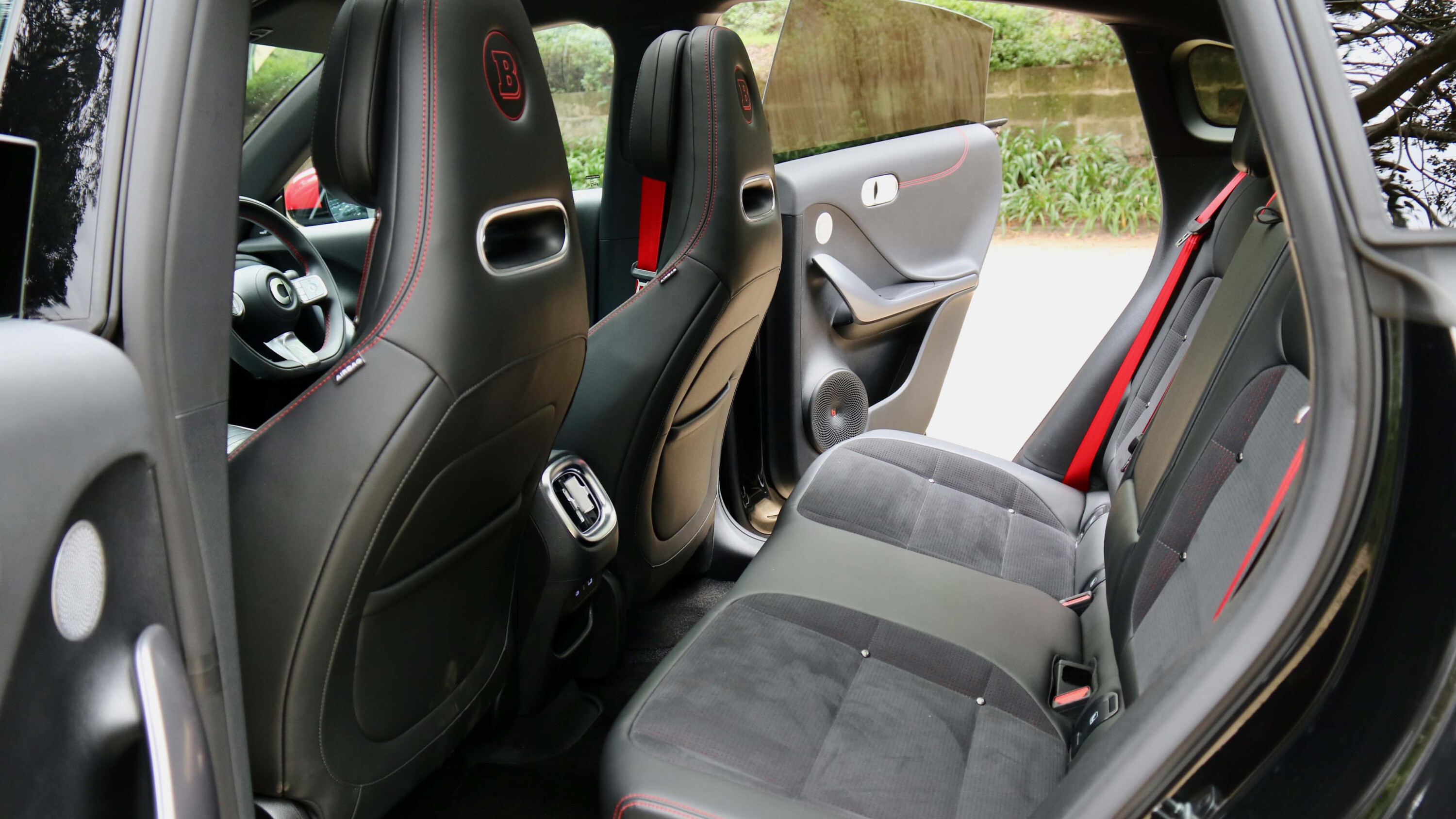
However, the menu layout is confusing to use and while there are shortcut keys at the bottom of the screen for important features like driving mode, there is no volume knob or other physical buttons to improve the user experience.
Helpfully, it is quite easy to connect the wireless Apple CarPlay and use the car’s inbuilt Spotify and sat-nav, the latter of which uses live services for real time traffic information. Thankfully – and unlike its EX30 cousin that only has a Tesla-style central speedo – both a head-up display and driver’s display are standard so that you don’t have to take your eyes off the road to see your speed. There are also physical lighting buttons.
The rest of the #3’s cabin is more practical than you might think for a car that’s only 4.4m long. Rear seat space is impressive for its size and the sense of space is enhanced by the light from the panoramic glass roof – though there’s no shade for it, so it can get hot.
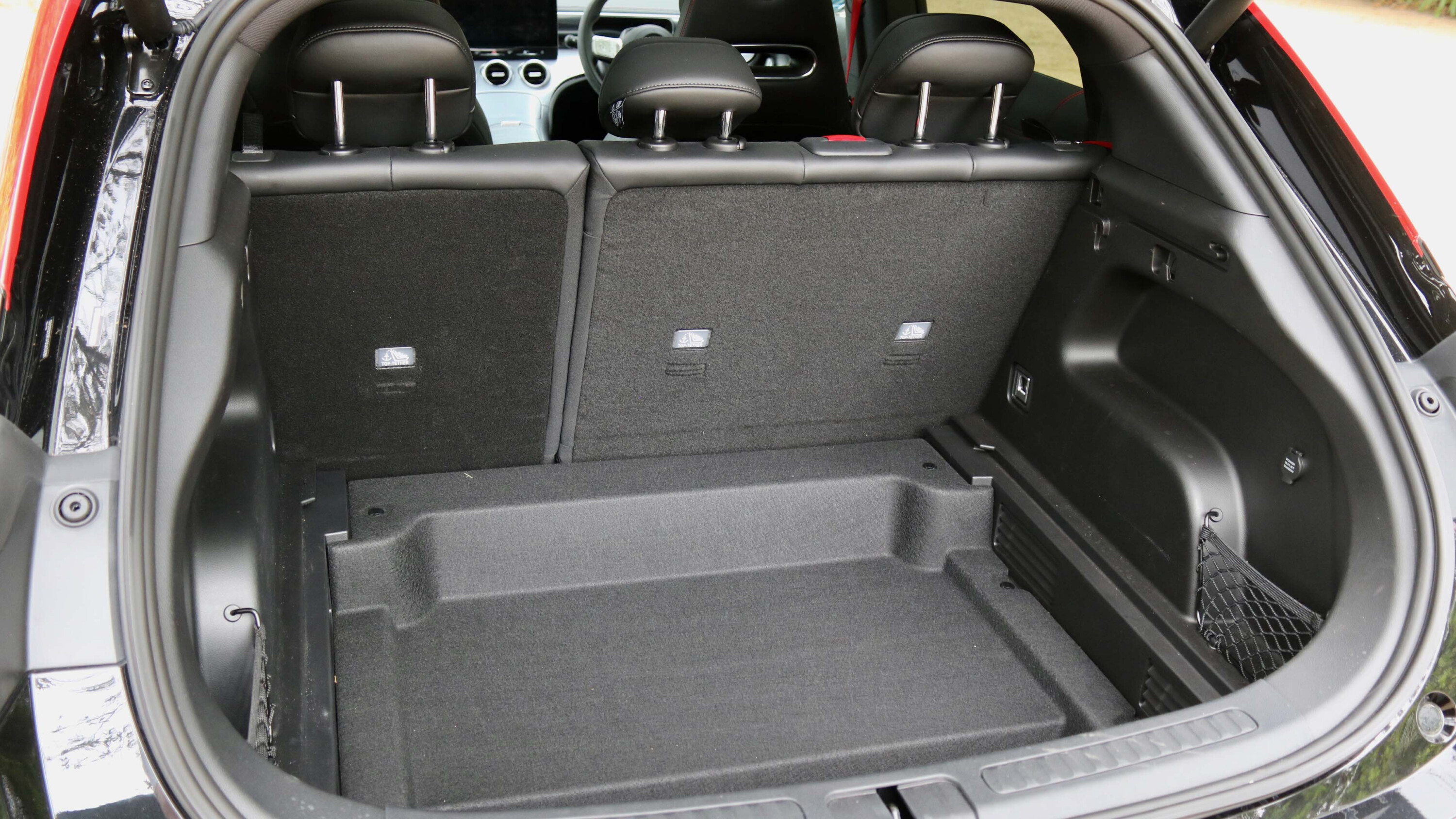
While the 370-litre boot initially looks shallow, there’s a deep second portion revealed by lifting the floor. The boot expands to 1160 litres with the seats folded and there’s also a tiny 15L front boot.
On the basis of our first taste of the #3 Brabus, Smart’s Australian fortunes will be richer on a second attempt. The #3 is as memorable as the original Fortwo but for different reasons: it offers searing performance, a fun driving experience, characterful design, good practicality for its size and a touchscreen that’s loaded with features but could be more user-friendly.
If you’re looking for a way to stand out on the roads, Smart offers a new path but with much stronger product this time around.


